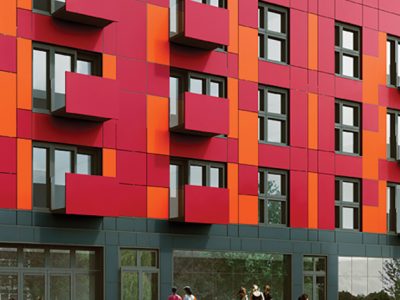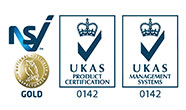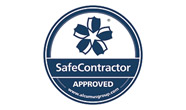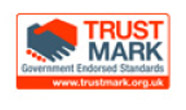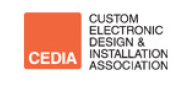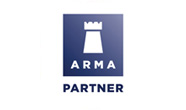iris and facial recognition
The COVID pandemic has placed hygiene, infection control and risk mitigation under the spotlight like never before. This is having a significant impact on how access control and door entry systems are approach within the commercial residential marketplace, with growing innovation in contactless alternatives such as iris and facial recognition. Interphone has a range of advanced and affordable solutions available for any new build or retrofit building requirement.
• High levels of security
• Easy to manage building solution
• Protect residents, staff and other visitors
• Integration with thermal access & flow control
advanced security
An iris or facial recognition door entry system uses unique data taken from the physical characteristics of a person, which cannot be shared or transferred to anyone else. The
latest AI technology also means many solutions can identify faces in a matter of milliseconds, even from different angles, in lowlight at night, with various facial expressions or even when someone is wearing a mask. This type of solution is
highly secure and simple to manage, with appropriate access quickly added or removed electronically to minimise the risk of unauthorised admittance.
affordable contactless innovation
With recent advances, a managing agent can now take advantage of an advanced contactless system in a cost-effective manner. In fact, affordable retrofit solutions have been introduced that are compatible with most existing access control and door
entry systems. This means it is possible to use much of the existing infrastructure that is already in place to incorporate high performance facial recognition technology, without the
costly installation of previous solutions.
temperature monitoring and flow control
Iris or facial recognition technology can now be combined with thermal access and flow control to gain added layers of hygiene and protection. These advances are designed to
assist in the identification of raised temperatures as well as with the flow of people entering and leaving a building at peak times, with the aim of creating a safer in-building environment and experience. It also reduces the need to physically deploy someone to carry out these functions, if required, such as a concierge or security guard.
hygiene and infection control
Managing agents can help meet their duty of care responsibilities to residents, staff and other visitors by recommending a secure and hygienic solution with less of the health risks associated with other contact entry options. Iris or facial recognition technology lessens the spread of germs through the removal of access touchpoints, making it possible to achieve improved infection control alongside enhanced building security.



